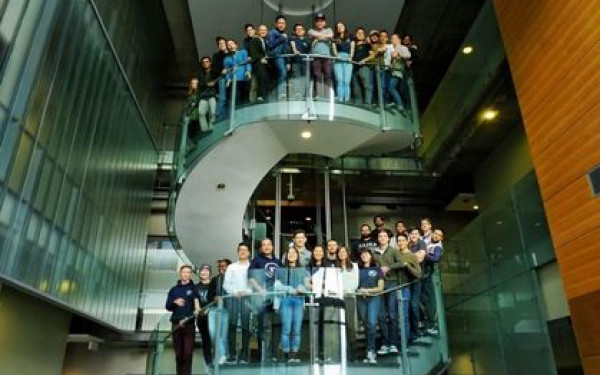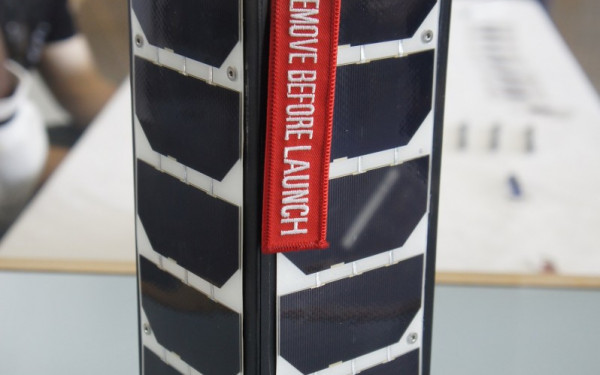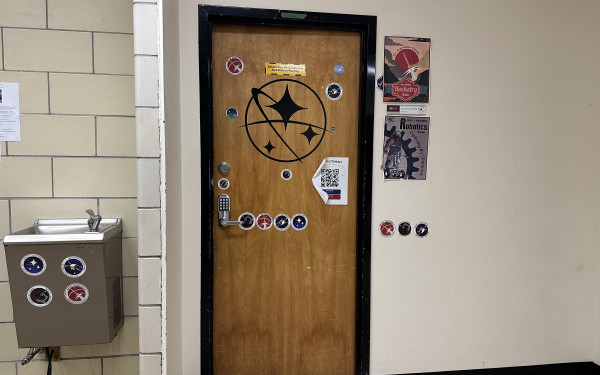Space Concordia Reaches $15,000 Fundraising Goal
Funds to Help Launch ConSat-2 into Space
After surpassing their fundraising goal of $15,000 on Saturday, the team of students looking to build a satellite to test self-healing material in space—and see if it is capable of repairing damage caused by mechanical wear in such conditions—will now be able to start buying components for the project.
Space Concordia, a nationally acclaimed student-run group focused on astronautical engineering, started a campaign on fundraising website Kickstarter on Oct. 16. On Saturday—the last day of the campaign–they reached a total of $15,426 from 218 donors.
“In the past two weeks it just became so popular on the Internet,” said Consat-2 student project leader Mehdi Sabzalian. “We were happy [and] felt that people liked our project, they do support us.”
Sabzalian said the first step, now that the fundraising goal has been met, is to buy 26 solar cells that will be used in the satellite.
“They’re the most expensive components, and there’s no alternative,” he said, adding that the solar cells must be 28 per cent efficient in transforming energy from sunlight into electrical energy. Solar cell efficiencies typically vary from 6 per cent to over 40 per cent, with many commercially available cells in the range of 14 to 19 per cent.
The total cost for the cells will be about $8,000, according to Sabzalian, who also said the group will soon purchase a transceiver.
The satellite, dubbed “ConSat-2,” will be built as part of the Canadian Satellite Design Challenge, a competition that sees university teams across the country build cube satellites that measure 34 cm by 10 cm by 10 cm and have a maximum mass of 4 kilograms.
The satellite that wins the competition will be launched into space. Space Concordia won the inaugural challenge in October 2012.
If launched, ConSat-2 will conduct tests in orbit on a self-healing material created and patented by Dr. Suong Hoa, director of the Centre for Composites at Concordia, along with the Canadian Space Agency and MPB Technologies Inc., a Montreal-based company working in communications, robotics and laser technology.
Sabzalian added Space Concordia could possibly start another fundraising campaign to pay for a launch if the satellite doesn’t win the competition.
According to Space Concordia’s campaign on Kickstarter, self-healing materials—such as paints used to repair minor surface scratches—are already in use. However, self-healing materials have never been tested in space.
“We’re using our own professor’s research to build experiments, which is pretty amazing,” remarked Sabzalian.
The self-healing material created by Dr. Hoa is a composite made up of epoxy resin reinforced with carbon fiber. The goal is to test the material in the vacuum of space to see how it would react.
“If viable, it would be capable of increasing the lifetime of space structures,” reads the Kickstarter campaign notes.

_900_600_90.jpg)
_600_832_s.png)

2_600_375_90_s_c1.jpg)


